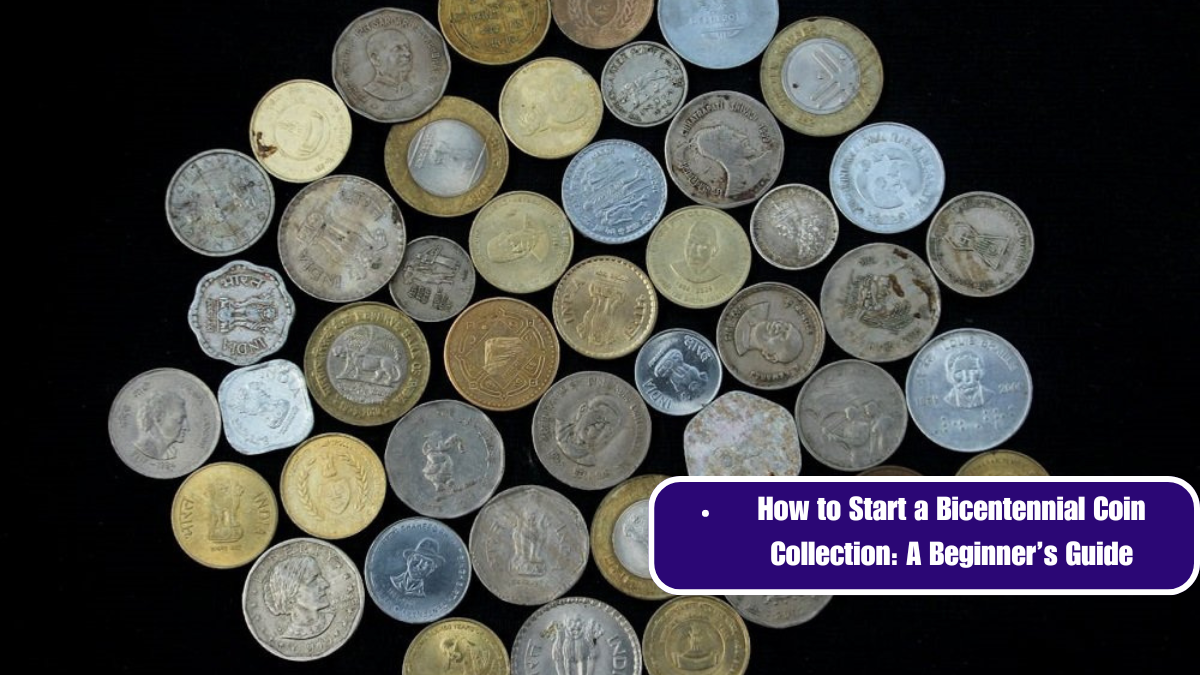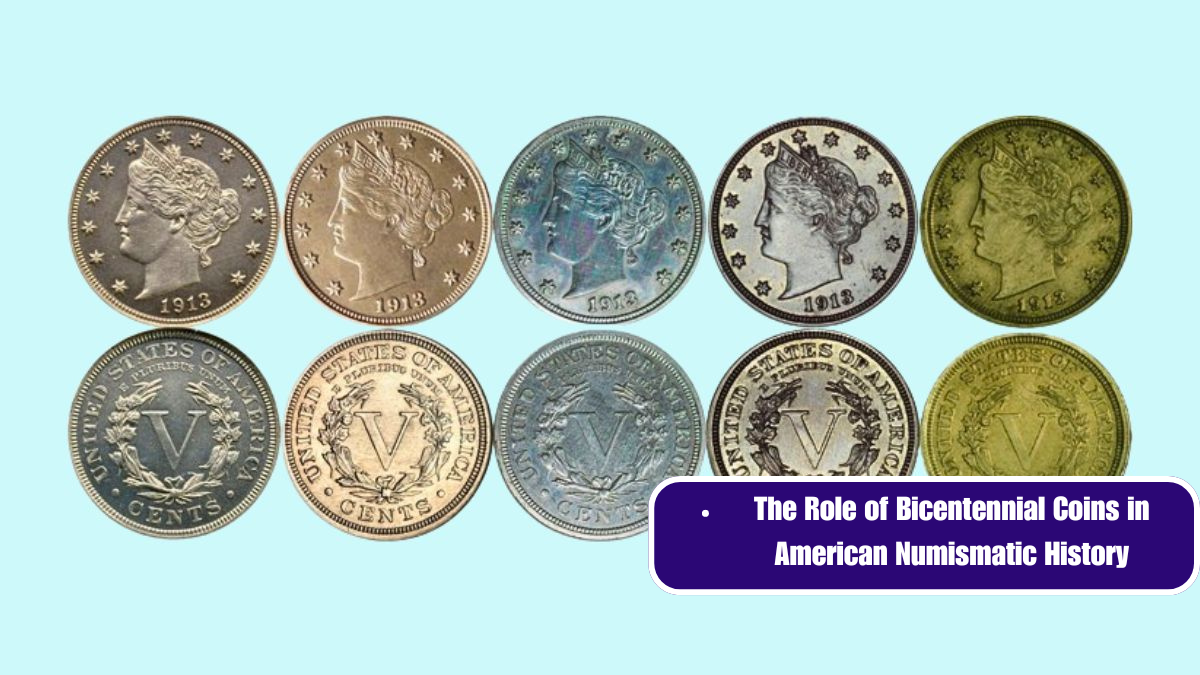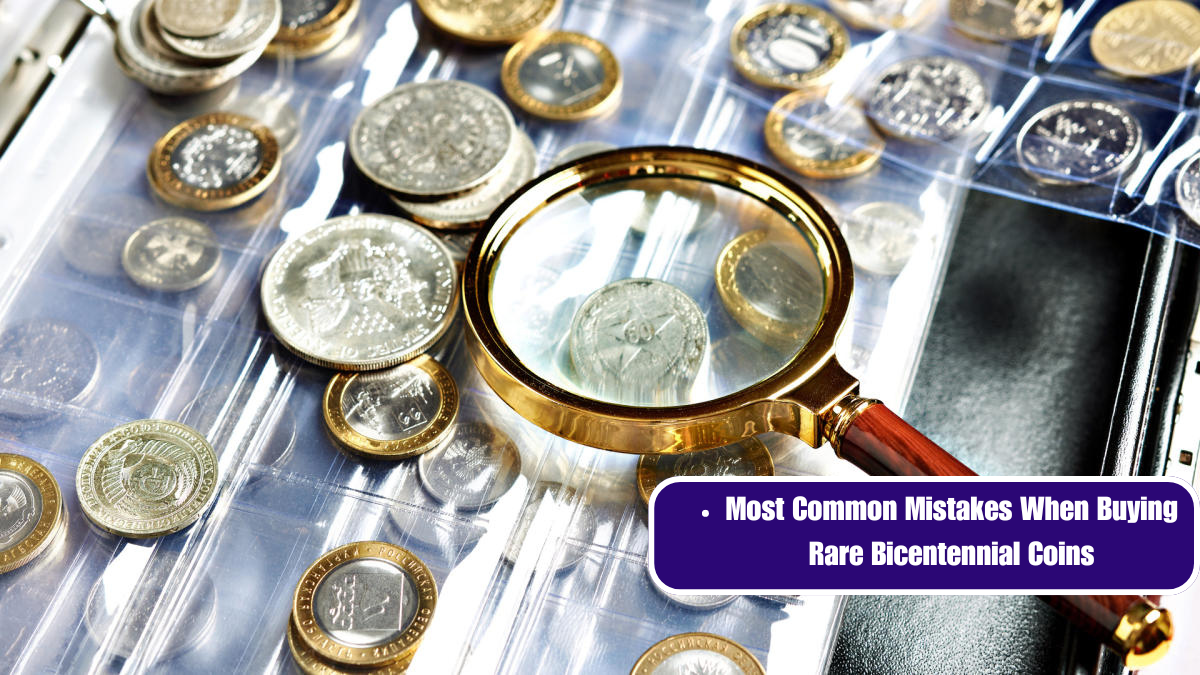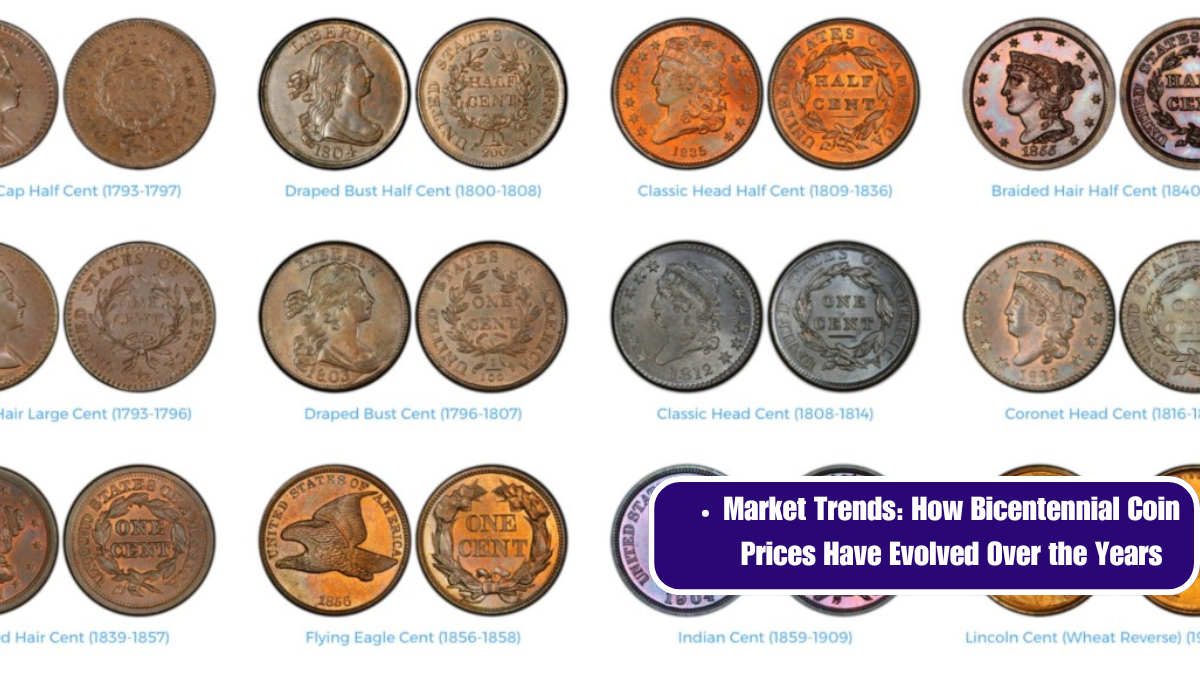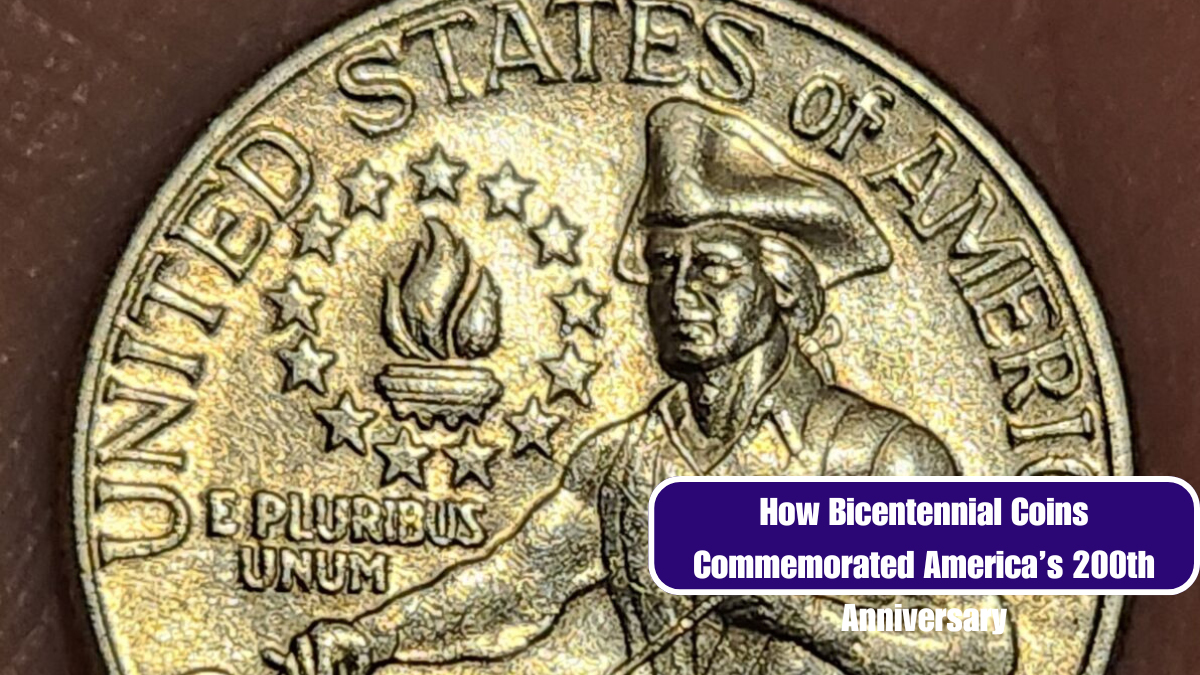The 1976 Bicentennial Coins are a cherished part of American numismatic history, commemorating the 200th anniversary of the Declaration of Independence. Released in denominations of quarters, half dollars, and dollar coins, these pieces offer a fascinating blend of historical significance and collectible allure. However, their value in the collector’s market can vary widely, largely depending on their grade. Understanding the factors that influence the grading and value of Bicentennial Coins can help both new and seasoned collectors make informed decisions.
1. Understanding Coin Grading
Coin grading is a systematic method used to assess a coin’s condition, which in turn affects its market value. The grading scale commonly used in the United States ranges from 1 to 70, with 70 representing a coin in perfect, mint condition. For Bicentennial Coins, the most commonly referenced grades include:
- Uncirculated (MS-60 to MS-70): Coins in this grade show no signs of wear and exhibit original mint luster.
- Proof (PR-60 to PR-70): These coins are struck using a different process, creating a high-quality, mirrored surface with sharp details.
- Circulated (AG-3 to VF-35): Coins in this range exhibit signs of wear from handling and circulation, which can diminish their value.
2. Mint State vs. Proof Coins
The Bicentennial Coins were minted in both circulating and proof versions. Mint State (MS) coins are those that were not circulated and generally exhibit high levels of detail and minimal wear. Proof coins, on the other hand, are specially struck with polished dies to produce a mirror-like finish and are usually of higher quality than their circulating counterparts.
Proof Bicentennial Coins, particularly those with high grades like PR-69 or PR-70, tend to command a premium in the market due to their superior quality and aesthetic appeal. Mint State coins in top grades (MS-65 and above) also attract significant interest, though they are typically less valuable than their proof counterparts.
3. Key Factors Influencing Value
Several factors influence the value of Bicentennial Coins beyond their grade:
- Rarity: While the mintage of Bicentennial Coins was quite high, certain variations or errors (such as double dies or off-center strikes) can make specific coins rarer and more valuable.
- Condition: Even within the same grade, the overall condition, including the presence of any scratches, blemishes, or spots, can affect a coin’s value. Coins with fewer imperfections generally fetch higher prices.
- Demand: Market demand plays a crucial role in determining value. Coins that are in demand among collectors or investors can see their values appreciate, especially if they are in exceptional condition.
- Provenance: A coin’s history, including whether it comes with original packaging or certificates of authenticity, can also impact its value. Coins with a documented provenance are often valued more highly.
4. Professional Grading Services
To accurately determine the grade of a Bicentennial Coin, collectors often turn to professional grading services such as the Numismatic Guaranty Corporation (NGC) or the Professional Coin Grading Service (PCGS). These organizations provide unbiased, expert assessments and encapsulate coins in protective holders, ensuring their condition is preserved. Coins graded by these services often command higher prices in the market due to the added assurance of authenticity and grade.
5. Market Trends and Value Fluctuations
The value of Bicentennial Coins can fluctuate based on market trends and economic conditions. It’s advisable for collectors to stay informed about current market trends and consult recent auction results or price guides. Additionally, attending coin shows and joining collector communities can provide valuable insights into the evolving market for Bicentennial Coins.
Grading Bicentennial Coins involves a combination of technical assessment and market understanding. Factors such as the type of coin, its grade, rarity, condition, demand, and provenance all play significant roles in determining its value. By carefully considering these elements and seeking professional grading services, collectors can better appreciate the worth of their Bicentennial Coins and make informed decisions in their numismatic pursuits.







